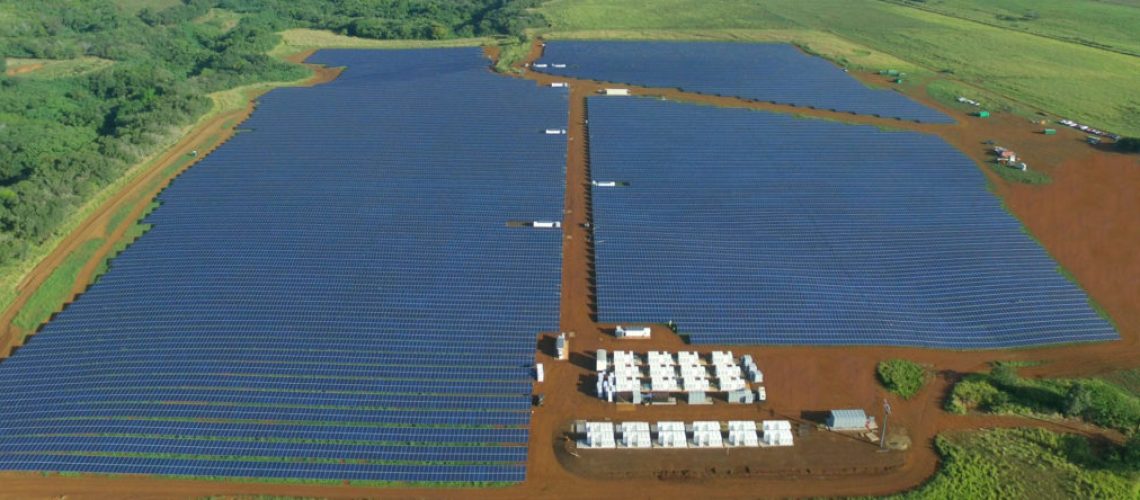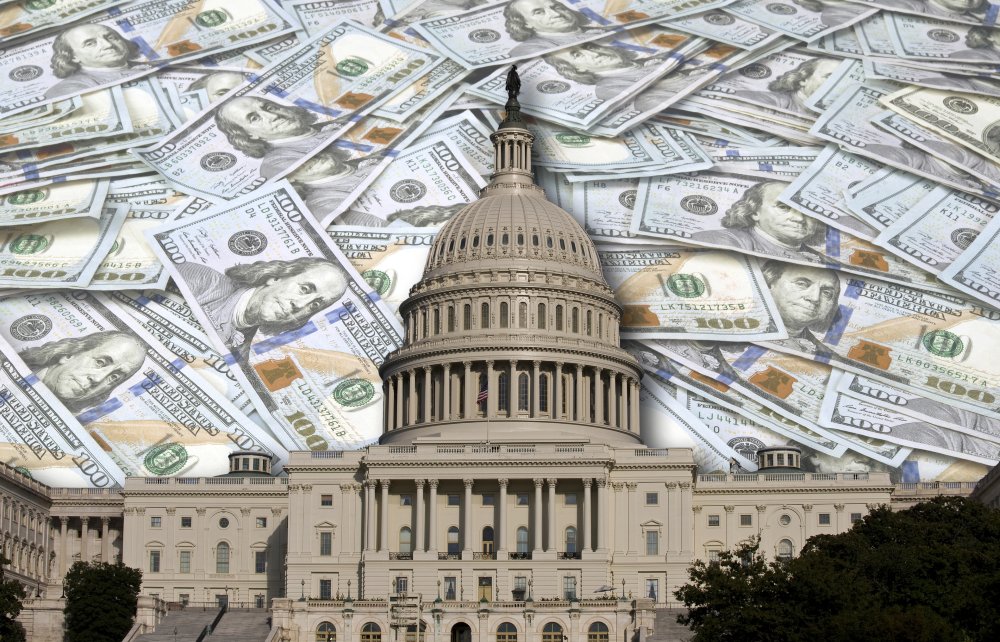The first seven DG solar and storage projects available to low-and-moderate income Hawaiians have 23 MW of aggregate capacity and are being developed by Nexamp and Melink Solar.
Hawaiian Electric (HECO) has selected seven distributed generation solar projects on the islands of Hawaii Island, Oahu and Maui that will offer clean energy procurement to low-and -moderate income (LMI) households.
HECO is offering the solar procurement as part of a new community-based renewable energy or CBRE program to help lower electric bills of Hawaiian ratepayers and assist customers unable to afford the cost to install rooftop solar arrays.
In March 2022, HECO sent out requests for proposals to developers, companies, organizations or groups to form a subscriber organization of shared solar projects for the utility’s LMI customers.
After a competitive RFP bidding process, the projects selected for inclusion in the CBRE program were co-developed by Nexamp Solar and Melink Solar Development. The utility continues to work with the developers to finalize 20-year contracts.
The LMI solar projects are expected to enter commercial operations in 2025.
CBRE PV Project and Subscription Details:
Hawaii Island
Kalaoa Solar A 3 MW + Battery – nexamp.com/kalaoa-solar
Kalaoa Solar B 3 MW + Battery – nexamp.com/kalaoa-solar
Nā‘ālehu Solar 3 MW + Battery – nexamp.com/naalehu-solar
Oahu
Kaukonahua Solar 6 MW (Solar only) – nexamp.com/kaukonahua-road-solar
Maui
Līpoa Solar 3 MW + Battery – nexamp.com/lipoa-solar
Makawao Solar 2.5 MW + Battery – nexamp.com/makawao-solar
Pi‘iholo Road Solar 2.5 MW + Battery – nexamp.com/piiholo-road-solar
According to the Institute for Local Self-Reliance, Hawaii’s Community Power, which grades states based on community solar, net metering terms, PACE financing, community choice aggregation and various statewide tariffs and utility protocols, the state of Hawaii has a Grade C community power rating.
Hawaii scores in the middle because the state has some policies that continue to support local authority over consumer energy choice, according to the ILSR.
According to the Solar Energy Industries Association, Hawaii rocketed to 18th place in the U.S. solar development market in 2021 from 32nd coming out of the Covid-19 pandemic with 1.49 GW of current PV installations as of mid-2022. The island state has been stymied by slow growth prospects and ranks 41nd in the country based on 825 MW of developments in the pipeline over the next five years.
The Hawaii State Legislature in June 2015 under Governor David Ige directed the Hawaii Public Utilities Commission (PUC) to form a “community-based renewable energy” tariff, Section 269-27.4 of the Hawaii Revised Statutes. Details of the tariffs and statewide DG programs have been developed under PUC Docket No. 2015-0389.
More details on HECO’s CBRE solar program can be found on the utility’s website and community energy website.




